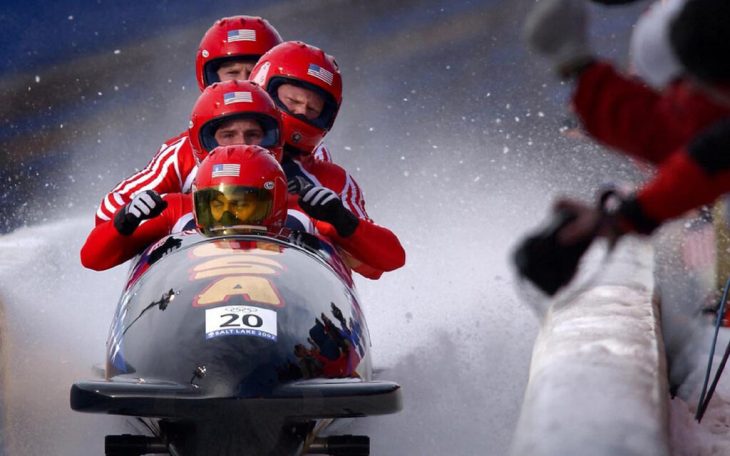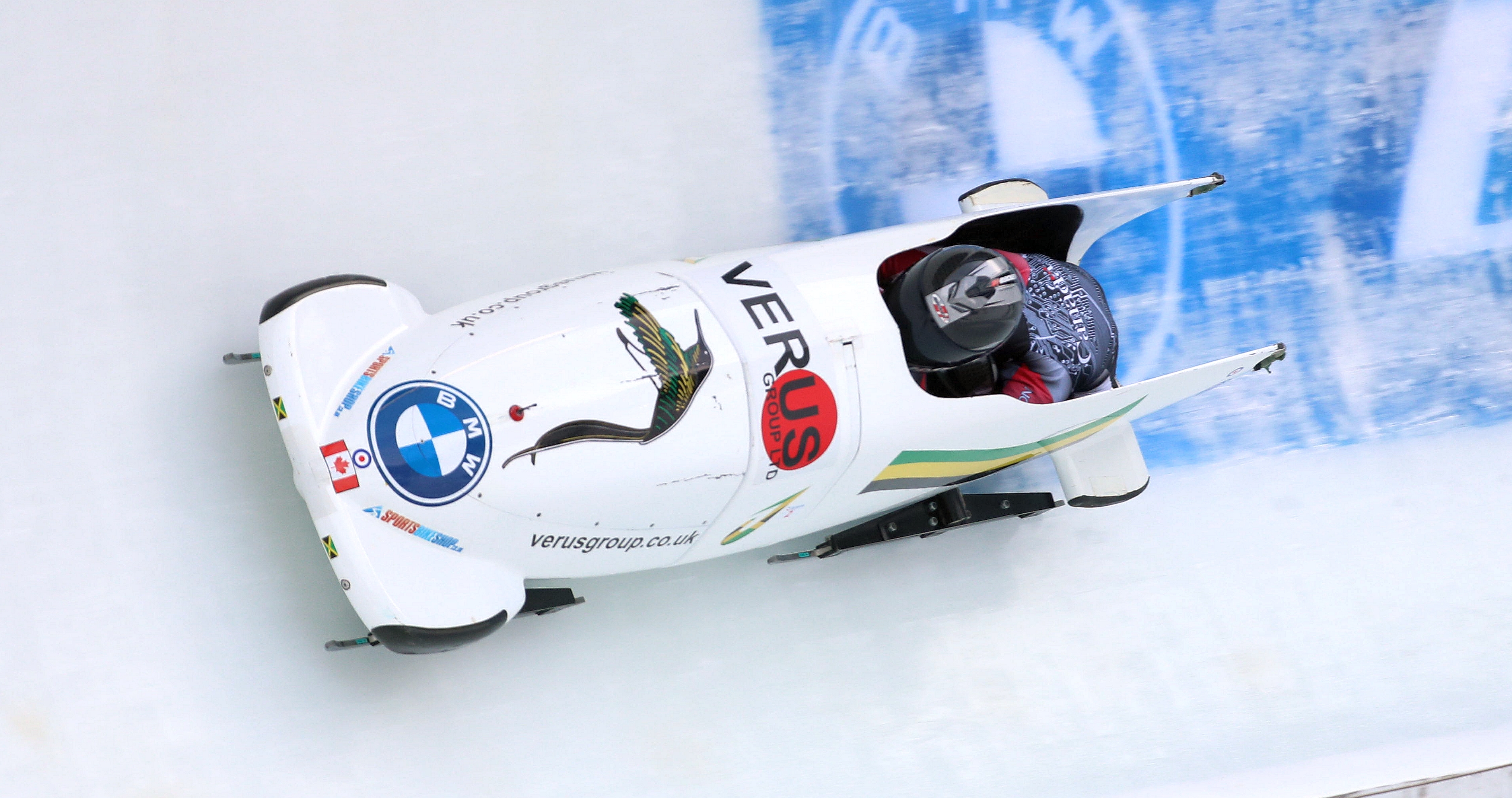
Bobsledding, a thrilling winter sport that combines speed, precision, and teamwork, has captured the hearts of both athletes and spectators. From the adrenaline rush of the start to the precision of navigating the icy track, bobsledding offers a unique and exciting experience. In this article, we’ll delve into 15 fascinating facts about bobsledding, shedding light on its history, rules, equipment, and the incredible athletes who compete in this exhilarating sport.
What is Bobsledding?
Bobsledding, also known as bobsleigh, is a winter sport in which teams of athletes compete by racing down a specially designed icy track in a sled. The sled called a bobsled, is typically made of lightweight materials such as steel and fiberglass. Bobsledders navigate the track’s twists, turns, and straightaways, aiming to achieve the fastest time possible. The sport requires a combination of speed, skill, coordination, and teamwork, with athletes strategically positioning themselves in the sled to optimize weight distribution and minimize drag
Bobsledding Origins
Bobsledding originated in the late 19th century in St. Moritz, Switzerland. What began as a simple mode of transportation down snowy hills quickly evolved into a competitive sport.
Types of Bobsleds
There are two main types of bobsleds used in competition: two-man and four-man sleds. The two-man sleds are smaller and more maneuverable, while the four-man sleds offer greater speed and stability.
The Team Members
A bobsled team typically consists of a group of athletes who work together to compete in bobsled races. The team is responsible for maneuvering the sled down the icy track with precision, speed, and coordination. Depending on the event, there are different types of bobsled teams:
- Two-Man Team: In a two-man team, there are two athletes, a pilot, and a brakeman. The pilot sits in the front of the sled and is responsible for steering and controlling the sled’s movements. The brakeman sits in the back and assists with balance, control, and helping to slow down the sled at the finish.
- Four-Man Team: In a four-man team, there are four athletes, including a pilot and three brakemen. The pilot sits in the front, steering the sled, while the brakemen occupy the other positions in the sled, assisting with balance and controlling the sled’s speed.

Bobsled Tracks
Bobsled tracks, also known as ice runs or ice tracks, are specially designed tracks made of ice. They feature a series of twists, turns, and straightaways, providing a challenging course for bobsled teams to navigate.
Speed and G-Forces
Bobsledders experience incredible speeds, often reaching over 80 miles per hour (130 kilometers per hour). The high velocity and tight turns generate intense g-forces, placing significant physical demands on the athletes.
Bobsled Steering
Steering a bobsled requires precise coordination and teamwork. The pilot, who sits in the front, uses their body weight and subtle movements to steer the sled, while the brakeman in the back helps control the speed and balance.
Olympic Inclusion
Bobsledding has been a part of the Winter Olympics since the inaugural games in 1924. It has since captivated audiences worldwide with its thrilling races and fierce competition.
Bobsled Weight Restrictions
To ensure fair competition, bobsleds have weight restrictions. In the four-man event, the sled must weigh at least 1,350 pounds (612 kilograms) with the crew, while the two-man sled must weigh at least 860 pounds (390 kilograms).

Bobsled Equipment
Bobsledders wear specialized helmets, aerodynamic suits, and spiked shoes for traction. The sleds themselves are made of lightweight materials like steel and fiberglass to enhance speed and maneuverability.
The Bobsled Push Start
The push start is a critical moment in a bobsled race. Athletes sprint alongside the sled, then push it to gain initial speed before hopping in. The faster and more coordinated the start, the better the chances for a successful run.
Bobsled World Championships
Apart from the Olympics, the International Bobsleigh and Skeleton Federation (IBSF) organizes the annual Bobsleigh World Championships. Athletes from around the world compete for the title of world champion in various events.
Jamaican Bobsled Team
The Jamaican bobsled team gained international fame for their debut in the 1988 Winter Olympics. Their story inspired the movie “Cool Runnings” and highlighted the sport’s inclusivity and the determination of underdog teams.
Women in Bobsledding
Women have been actively participating in bobsledding for many years, and their involvement has significantly contributed to the growth and popularity of the sport. Women’s bobsled events are an integral part of major competitions, including the Winter Olympics and World Championships. In 2002, women’s bobsled made its debut as a medal event in the Winter Olympics. Since then, female bobsledders have showcased their exceptional skills and athleticism on the international stage.
Safety Measures
Safety is a top priority in bobsledding. Tracks are equipped with safety features such as crash barriers, padding, and emergency response teams to ensure the well-being of the athletes.
Bobsled Weight Distribution
The weight distribution in a bobsled is crucial for balance and speed. Athletes strategically position themselves in the sled to optimize weight distribution and minimize drag.

Team Dynamics
Bobsled teams rely on exceptional teamwork and synchronization. The athletes must work together seamlessly, coordinating their movements to navigate the track with precision and maximize speed.
Records
Throughout the years, bobsledders have set impressive records in terms of speed and track times. These records reflect the continuous pursuit of excellence and the constant evolution of the sport.
The fastest recorded speed in bobsled history is 154.4 miles per hour (248.6 kilometers per hour). This record was achieved by the four-man Canadian bobsled team led by pilot Christopher Spring during a training run at the Whistler Sliding Centre in Whistler, British Columbia, Canada, in 2013.
Final Thoughts
Whether you’re an avid bobsledding fan or new to the sport, these 15 facts provide a glimpse into the exciting world of bobsledding. From its origins in Switzerland to the Olympic stage and beyond, bobsledding continues to captivate audiences with its thrilling races, talented athletes, and rich history.
Frequently Asked Questions (FAQs)
How fast can a bobsled go?
Bobsleds can reach speeds of over 80 miles per hour (130 kilometers per hour), depending on the track and conditions.
How many athletes are in a bobsled team?
In competitive bobsledding, there are two types of teams: two-man teams, consisting of a pilot and a brakeman, and four-man teams, with a pilot and three brakemen.
Are there any weight restrictions for bobsledders?
There are no specific weight restrictions for bobsledders, but they must adhere to the weight restrictions set for the sleds to maintain fairness in competition.
Can women participate in bobsledding?
Absolutely! Bobsledding is open to both men and women, and there are separate events and competitions for each category.
How are bobsled races timed?
Bobsled races are timed using precision timing systems that measure the sled’s time from start to finish. The times are recorded in hundredths of a second for accuracy.
Was this page helpful?
Our commitment to delivering trustworthy and engaging content is at the heart of what we do. Each fact on our site is contributed by real users like you, bringing a wealth of diverse insights and information. To ensure the highest standards of accuracy and reliability, our dedicated editors meticulously review each submission. This process guarantees that the facts we share are not only fascinating but also credible. Trust in our commitment to quality and authenticity as you explore and learn with us.
